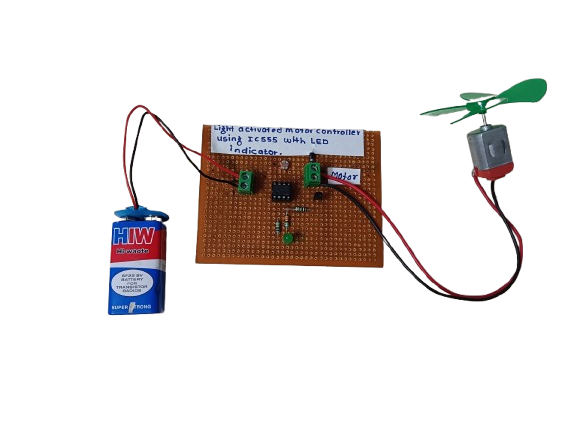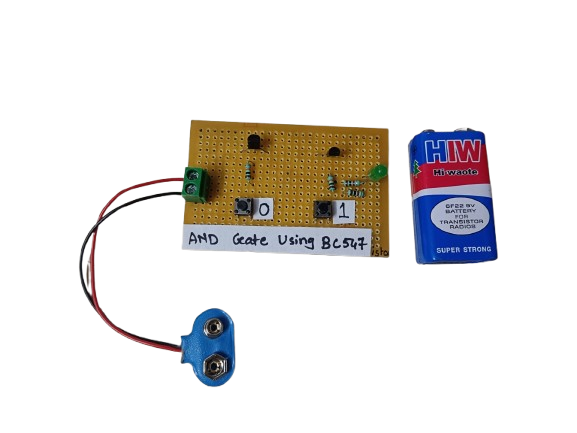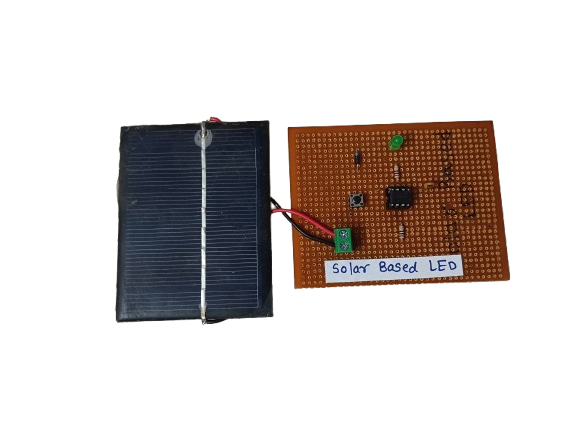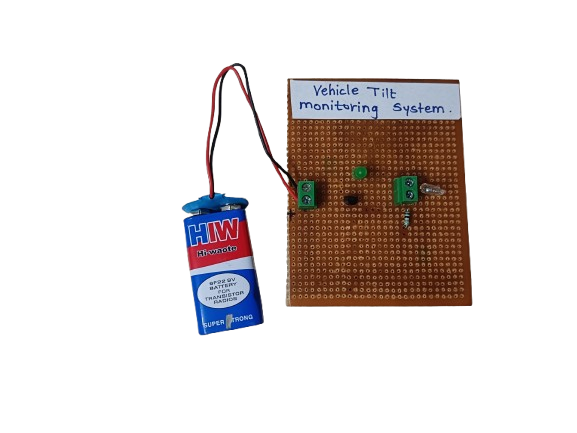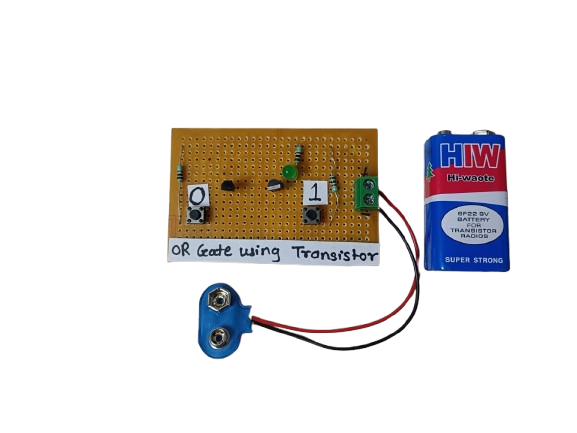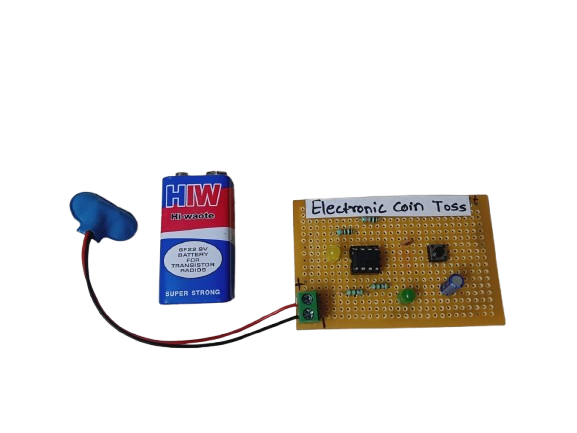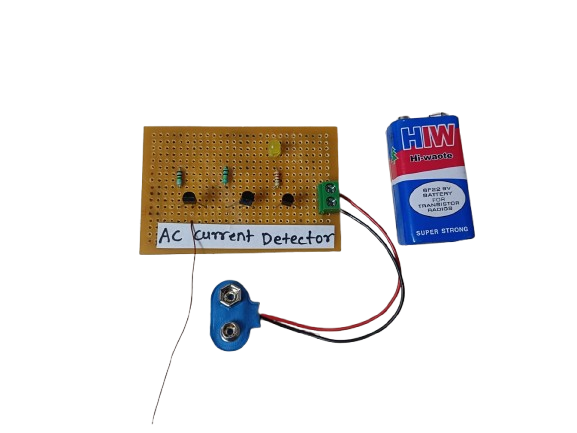Touch ON/OFF Switch
₹150.00
In StockA Touch ON/OFF Switch is an electronic circuit that allows a device to be turned on or off by simply touching a sensor pad or wire, instead of using a mechanical switch. It works by detecting a small electrical signal from the human body (capacitive or resistive touch) and using that to toggle the output state.
These switches are commonly used in modern electronics, home automation, and DIY projects due to their durability, aesthetic appeal, and user-friendly operation.
Description
A Touch ON/OFF switch is a modern electronic switch that responds to human touch instead of physical pressing. It eliminates the need for moving parts, making it more durable, reliable, and easy to integrate into sleek designs.
How It Works:
Touch switches generally work in two ways:
1.Capacitive Touch: Detects the change in capacitance when a human finger touches a metal plate or sensor area.
2.Resistive Touch: Detects a small current flow caused by the natural conductivity of the human body.
This signal is processed by:
- A transistor circuit (for basic designs),
- A flip-flop or latching relay to maintain ON/OFF state,
- Or a touch sensor IC like TTP223, AT42QT1010, etc.
Once the touch is detected, the circuit toggles its output — turning the connected load (like an LED, fan, or light) on or off.
-
The Conveyor Belt Object Counter using LDR and 7-Segment Display with the 8051 microcontroller is designed to count objects passing in front of an LDR (Light Dependent Resistor) sensor. The system works by detecting light interruptions when an object crosses the sensor, causing a change in the LDR’s resistance. The microcontroller processes this change and increments an object count. The count is then displayed on a 7-segment display.
-
A Light Activated Motor Controller using IC 555 is a simple electronic circuit that turns a motor ON or OFF based on the presence or absence of light. It uses a LDR (Light Dependent Resistor) as a light sensor and the 555 timer IC in a comparator mode, along with an LED to indicate the motor’s status.
₹280.00






